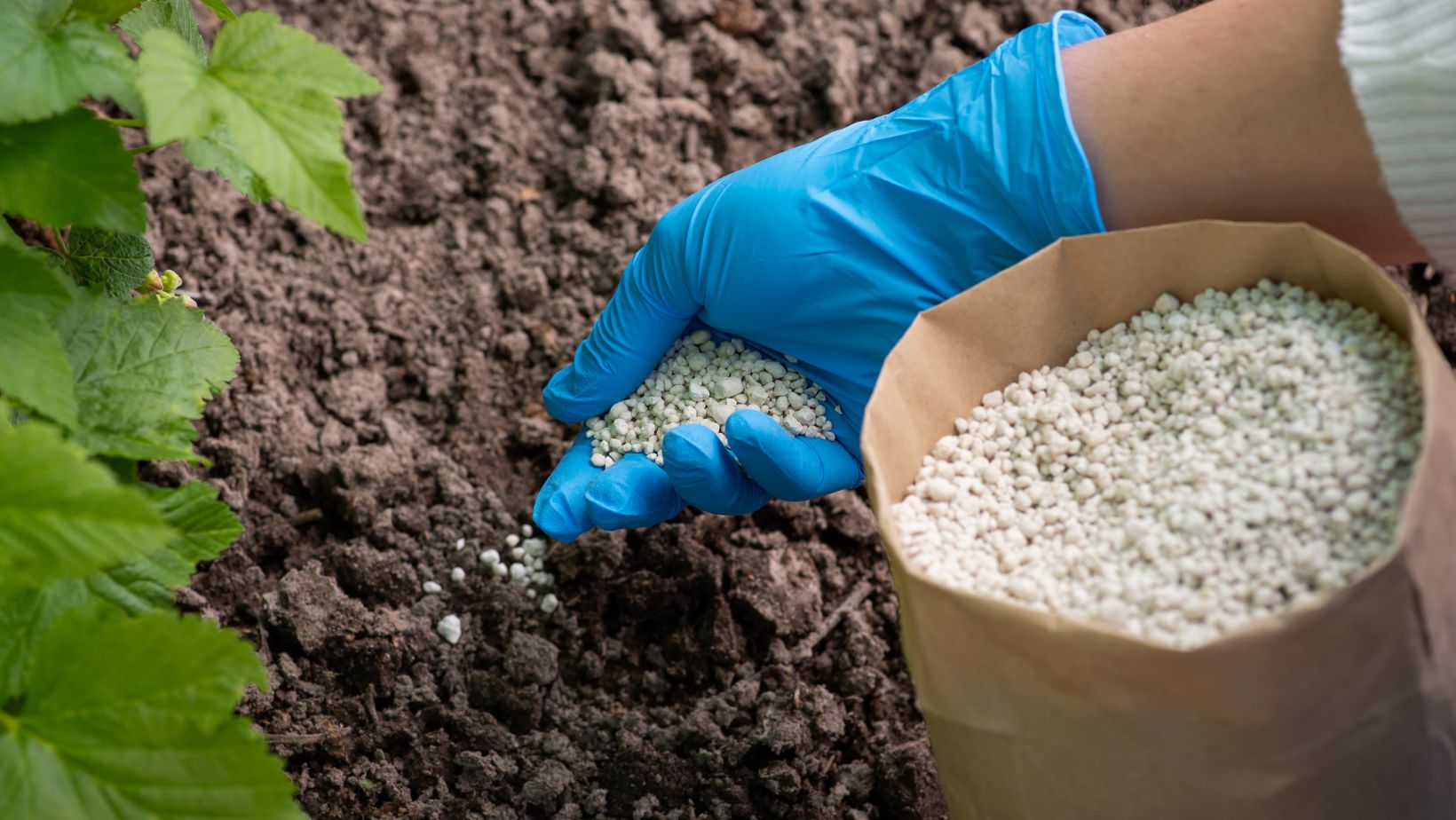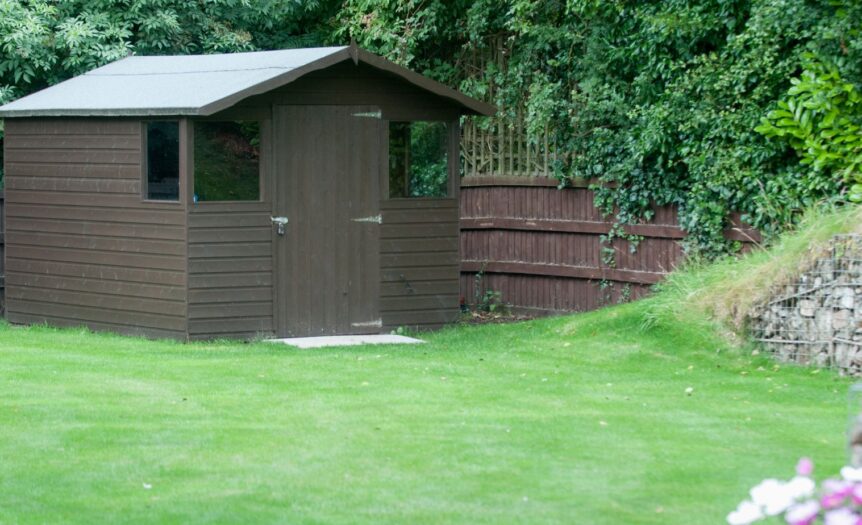When it comes to gardening, maintaining the quality of your fertiliser and other essential supplies is crucial for a thriving garden. While a well-constructed shed provides the necessary storage space, it’s climate control that ensures your garden supplies remain in optimal condition year-round. Whether you’re battling freezing winters or sweltering summers, understanding and implementing climate control in your fertilizer shed can make all the difference.
The Importance of Proper Fertiliser Storage
Fertilizers are sensitive to temperature fluctuations and humidity levels. Extreme cold can cause certain fertilisers to crystallise, while excessive heat may degrade their chemical composition. High humidity, on the other hand, can lead to clumping and spoilage, rendering the product ineffective. These factors can ultimately affect the performance of your garden treatments, leading to poor soil enrichment and underwhelming plant growth.
By creating a stable environment within your shed, you protect your investment and ensure your garden flourishes regardless of the season.
Understanding Climate Control Basics
Effective climate control begins with understanding the specific needs of your stored items. Here are the key factors to consider:
- Temperature: Fertilisers should ideally be stored in a range of 5°C to 30°C. Temperatures outside this range can alter their effectiveness.
- Humidity: A relative humidity of less than 50% is ideal to prevent moisture absorption, which leads to clumping and mold growth.
- Ventilation: Proper air circulation helps regulate both temperature and humidity, reducing the risk of condensation.
With these basics in mind, let’s explore how to implement effective climate control measures in your fertilizer shed.
Insulating Your Shed
Insulation is the cornerstone of climate control. By minimizing the impact of external temperature swings, insulation helps maintain a more consistent internal environment. Here’s how to insulate your shed effectively:
- Walls and Ceiling: Install foam board, fibreglass, or spray foam insulation to regulate temperature. Choose materials suited to your local climate.
- Doors and Windows: Use weather stripping and caulking to seal gaps. Consider double-glazed windows for enhanced thermal efficiency.
- Flooring: Adding a moisture barrier or insulating mat beneath your shed’s floor can help prevent cold or damp conditions from creeping in.
Temperature Control Solutions
For areas with extreme temperatures, additional temperature control measures may be necessary:

- Portable Heaters: In colder climates, a small, energy-efficient heater can prevent fertilizers from freezing.
- Air Conditioners: For hot regions, a portable or window-mounted air conditioner can help keep temperatures in check.
- Thermal Fans: Circulating fans with a heating or cooling function can offer dual benefits.
Ensure all electrical devices are installed safely and comply with local regulations.
Managing Humidity
Humidity is one of the biggest threats to stored fertilizers. Excess moisture not only leads to clumping but can also encourage mold and mildew. Here are some strategies to manage humidity effectively:
- Dehumidifiers: A small dehumidifier can help maintain optimal humidity levels in the shed.
- Silica Gel Packs: Place silica gel packets in storage bins to absorb excess moisture.
- Ventilation: Install vents or an exhaust fan to improve airflow and reduce moisture build-up.
- Roofing: Opt for a sloped roof with a waterproof membrane to prevent leaks and condensation.
Organization and Storage Tips
How you organize and store your fertilizers also plays a role in maintaining their quality. Follow these practical tips:
- Elevated Storage: Keep fertilisers off the ground using shelves or pallets. This prevents exposure to ground moisture and pests.
- Sealed Containers: Store fertilizers in airtight, moisture-proof containers to protect them from humidity and contaminants.
- Label Everything: Clearly label all containers to ensure you’re using the correct product for your plants.
- Avoid Overcrowding: Allow space between items to promote airflow and prevent heat accumulation.
Monitoring Shed Conditions
Regular monitoring of your shed’s internal environment is essential for effective climate control. Invest in these monitoring tools:
- Thermometer and Hygrometer: Track temperature and humidity levels to ensure they remain within the optimal range.
- Smart Sensors: Advanced sensors can send real-time updates to your phone, alerting you to any changes in conditions.
By keeping a close eye on these metrics, you can address any issues before they escalate.
Seasonal Maintenance
Seasonal changes can affect your shed’s climate control measures. Here’s how to prepare:
- Winter: Check for draughts and seal any gaps. Test heaters and ensure they’re functioning properly.
- Summer: Inspect insulation and clean ventilation systems. Ensure air conditioners are ready for use.
- Rainy Season: Inspect the roof and walls for leaks. Ensure drainage systems are clear to prevent water from pooling around the shed.
The Benefits of Climate Control
Investing in climate control for fertiliser storage sheds offers numerous advantages:
- Extended Shelf Life: Proper storage conditions ensure fertilizers remain effective for longer periods.
- Reduced Waste: By preventing spoilage, you save money and resources.
- Optimal Garden Performance: Healthy, well-preserved fertilizers lead to better plant growth and soil health.
- Peace of Mind: Knowing your garden supplies are protected gives you one less thing to worry about.
Eco-Friendly Climate Control Options
If you’re environmentally conscious, there are sustainable ways to manage your shed’s climate:

- Solar Panels: Power your shed’s heating, cooling, or ventilation systems with solar energy.
- Natural Ventilation: Use strategically placed vents and windows to create a natural airflow.
- Recycled Insulation Materials: Opt for eco-friendly insulation options such as cellulose or recycled denim.
These solutions not only protect your garden supplies but also align with your sustainability goals.
Common Mistakes to Avoid
Even with the best intentions, mistakes can compromise your shed’s climate control. Avoid these common pitfalls:
- Ignoring Regular Maintenance: Over time, insulation and sealing materials can degrade. Periodic checks are crucial.
- Overloading the Shed: Excessive items can hinder airflow and create hot spots.
- Using Inappropriate Heating Devices: Avoid using heaters that pose a fire risk or are unsuitable for enclosed spaces.
Conclusion
Climate control in fertiliser sheds is an essential aspect of gardening that often goes overlooked. By creating a stable, controlled environment, you ensure the longevity and effectiveness of your garden supplies, leading to a healthier, more vibrant garden. From insulation and humidity management to eco-friendly solutions, the right approach can protect your fertilizers year-round and give you the peace of mind you deserve.



